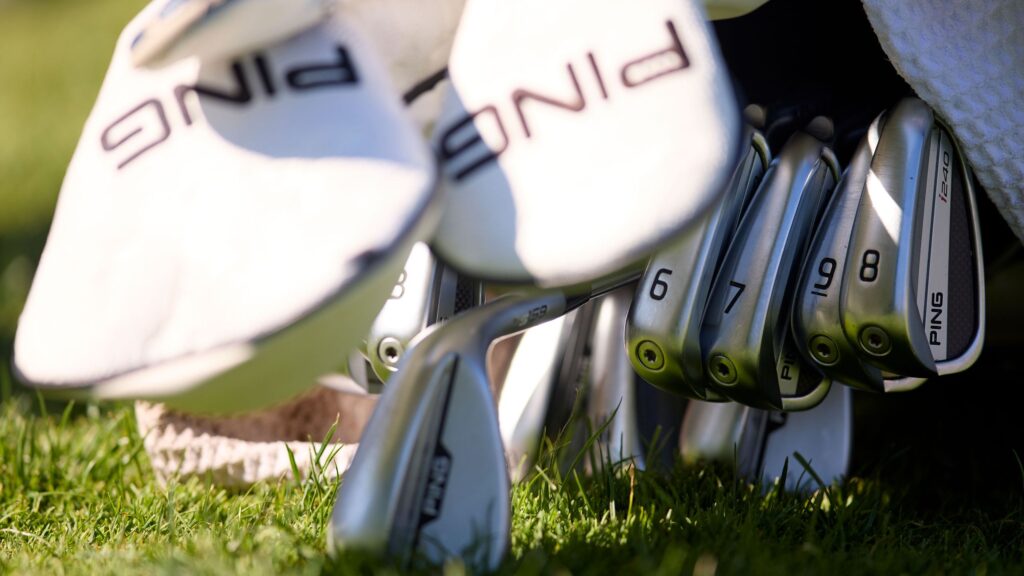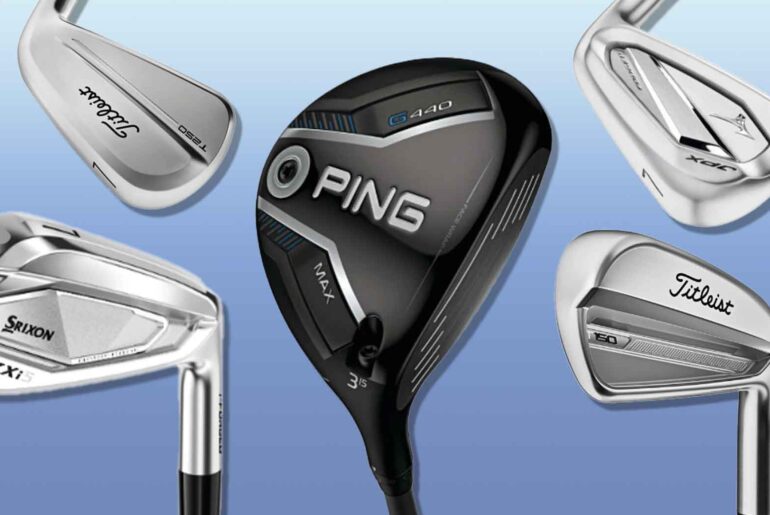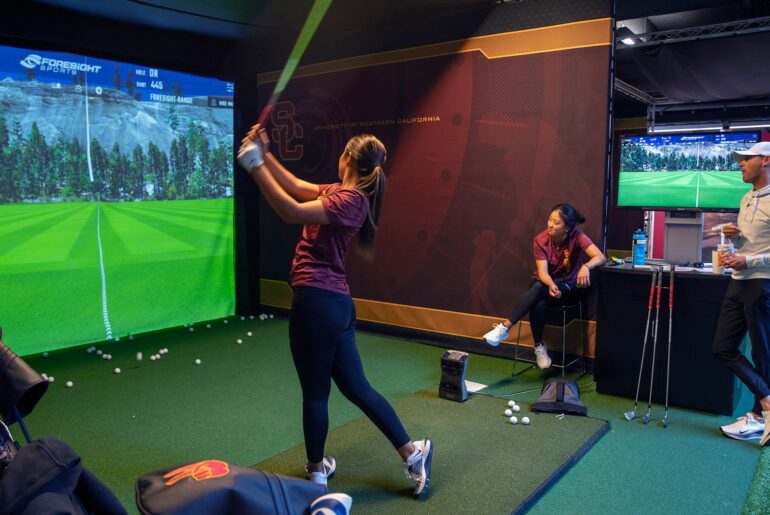If you’re a high-handicap golfer, or you’re new to the game, the type of clubs that you play with are going to be a lot different to the ones used by a single figure golfer/scratch player – or at least they should be.
To help give you an idea of what type of clubs you should be playing – as well as a few suggestions of models you might want to try – here’s a quick guide for the 10-, 20- and 30-handicap player.
10-HANDICAP PLAYER
What is the typical profile of a 10-handicap player? As with the two categories below, some will be on the way up, with their ball striking improving, and others will be going in the other direction.
You may like
For the purpose of this article – and given that there are plenty of suggestions for the mid handicap player below – we’re going to focus on the ‘better player’ clubs, with our 10-handicapper being someone who is a fairly accomplished ball striker, more than capable of playing to single figures.

(Image credit: Future)
Most of the main brands now have a model that will work well for pretty much every level of golfer but, if you are looking for a specific type of performance, we have composed guides for the most forgiving drivers, best golf drivers for distance, and best high handicap drivers (see below).
At the top end of the bag, better players sometimes prefer a driver with a compact, pear-shaped profile, which makes the Titleist GT3 driver – the most played driver on the PGA Tour in 2025 – an obvious candidate.
Sitting in the middle of the range in terms of spin and forgiveness, the GT3 offers the most adjustability, and will suit the mid handicap golfer as well as the better player.
The Ping G440 LST driver is another very popular model on tour, one that is suitable for the low-handicap and high-speed player; it’s also one of the most forgiving low-spin drivers on the market.
In terms of irons, a lower handicap golfer will generally benefit from the best compact mid-handicap irons (see below) or the best irons for low handicaps, which are tailored towards the more confident ball strikers and offer a nice balance of feel and consistency in a compact profile.

(Image credit: Future)
Pushed to name a best iron in the low handicap category, the TaylorMade P7CB irons would definitely be on our short list, as would the Titleist T100 irons, the most played model on the PGA Tour in 2025.
As good as it feels to strike a long irons out of the middle of the clubface, most 10-handicappers would benefit from swapping out the 4-iron for a 4-hybrid, a club that is going to provide more speed, forgiveness and consistency.
However, that 10-handicapper who has the potential to get even lower – someone who’s more comfortable hitting long irons – might prefer the look and feel of one of the best utility irons.
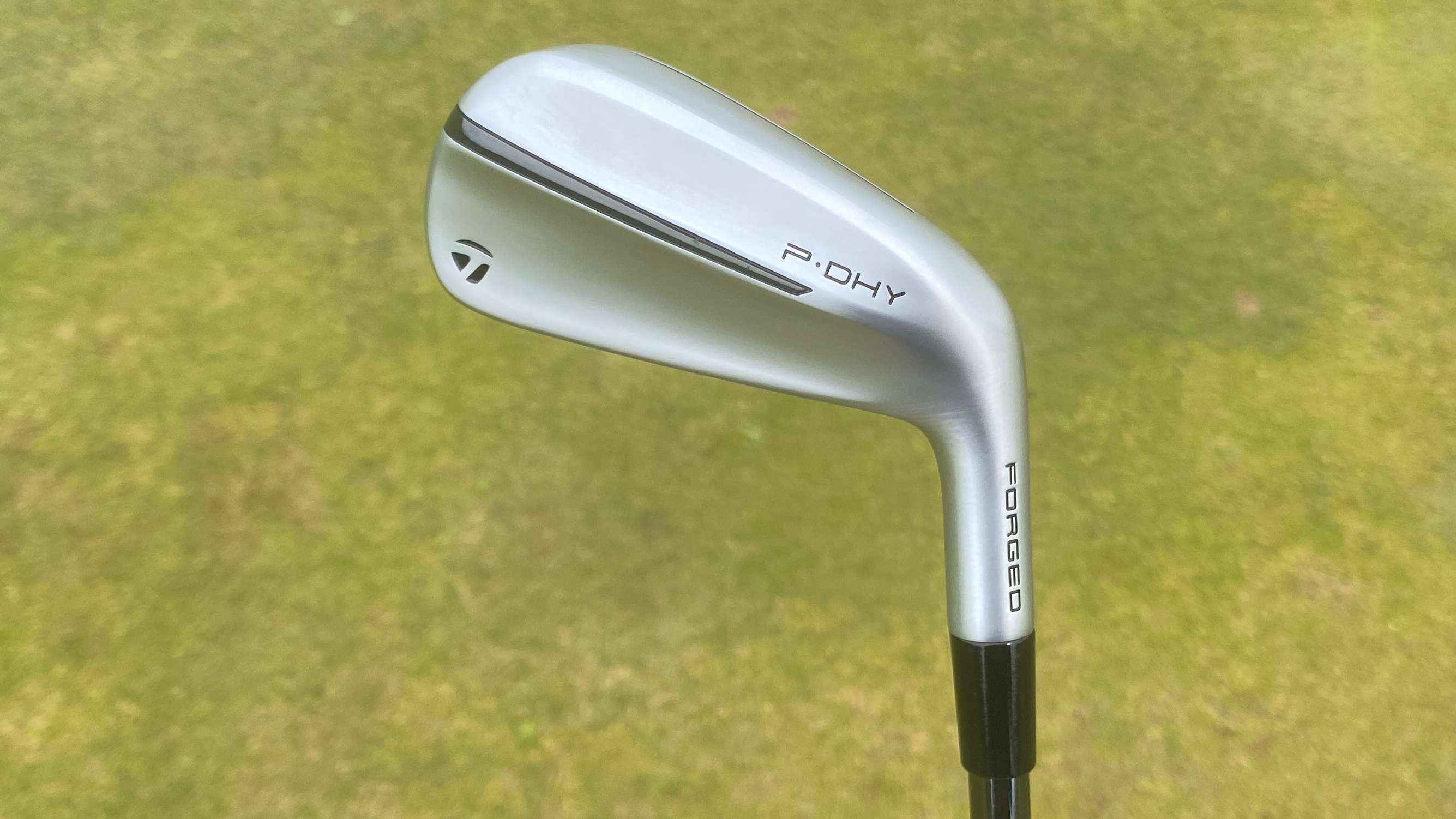
(Image credit: Future)
The long iron can be one of the most versatile clubs in the bag, offering a number of shot-making options from the long high ball to the punch shot.
Mishits can be quite severely punished, so you have to be honest with where you are in the game.
This is not to say such clubs don’t offer any forgiveness; in fact, you’d find it hard to beat the DHY from TaylorMade, which combines forgiveness with a confidence-inspiring look at address.
For the wedges, you’re going to want to choose a make and model that offers plenty of loft and bounce options to deliver the versatility required.
Wedges like the TaylorMade MG5, Titleist Vokey SM10, Callaway Opus SP and Cleveland RTZ excel in this area. A 10 handicapper is likely to stop their irons at the pitching wedge and move into at least three, possibly four speciality wedges to cover off approach distances.
Now for the flatstick. As a general rule, blade putters tend to suit ‘feel’ players who have a stronger arc to their putting stroke, which makes such models more suitable for the more accomplished golfer.
However, this is not a hard and fast rule, as putting requires a very different skillset to hitting full shots. Even the majority of the world’s best players now employ a mallet, so try a few different styles to see which works for you.
20-HANDICAP PLAYER
Some 20-handicap players will be on an upward trajectory, with their handicap coming down fairly swiftly, whilst others will have been on this number for many years and are unlikely to shift. Different players will have different needs, and there is no ‘one size fits all’ solution.
When it comes to the driver, you might be a player who swings the club very quickly, in which case you’d be better off with a lower-spinning driver; or, you might be someone who lacks swing speed and would, therefore, be better off with a lighter model with extra launch built in.
Drivers like the Callaway Elyte and TaylorMade Qi35 combine the best of both worlds, and will suit most players in the mid-handicap range.
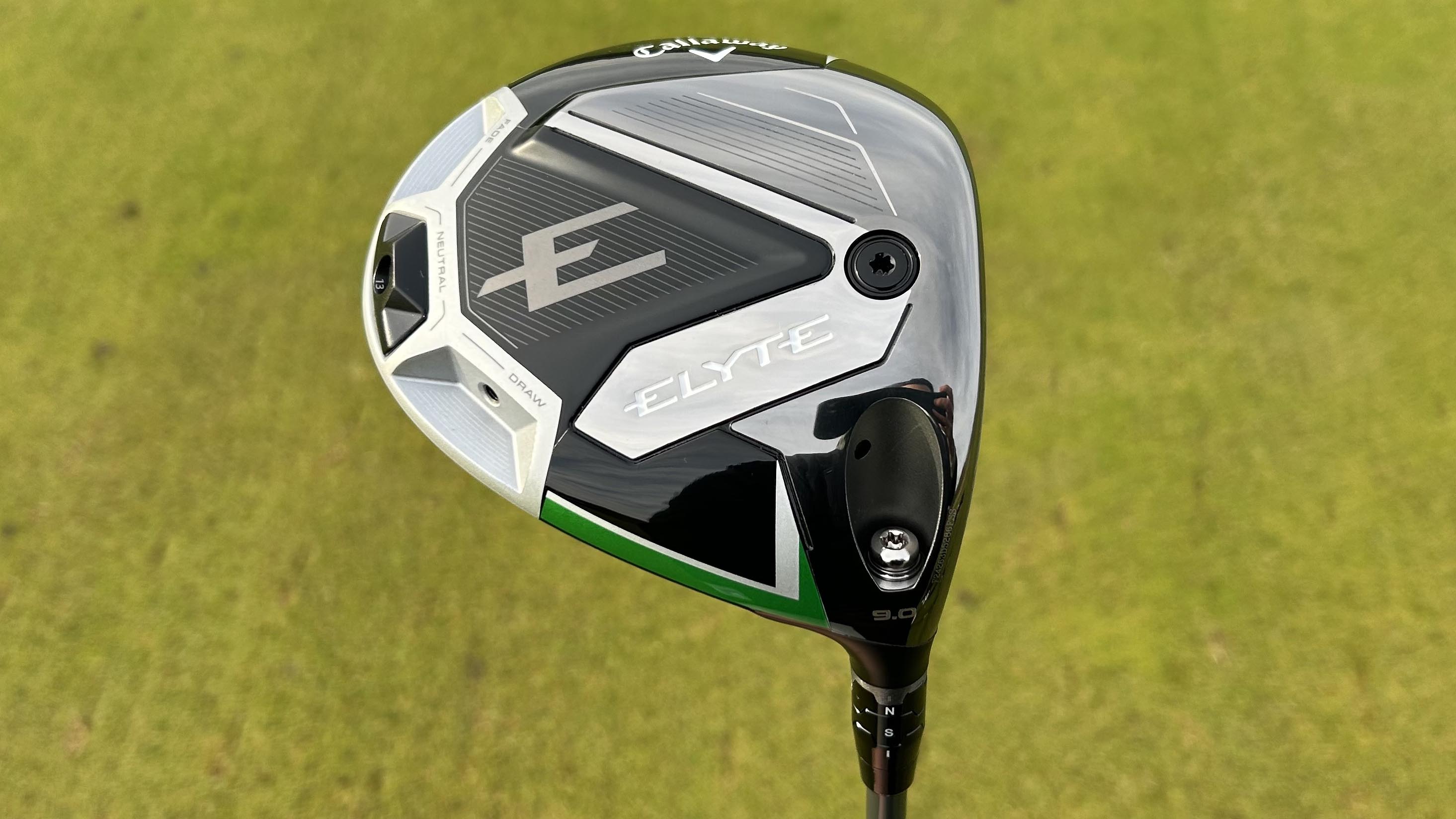
(Image credit: Future)
Generally speaking, a mid-handicap golfer is not going to get the best results from using bladed irons, but that’s not to say they should be using chunky game improvement irons that benefit beginners and higher handicappers (see below).
There are a bunch of more suitable options in the best compact mid handicap irons range. The best irons in this category tend to have compact heads but still offer forgiveness, feel and control.
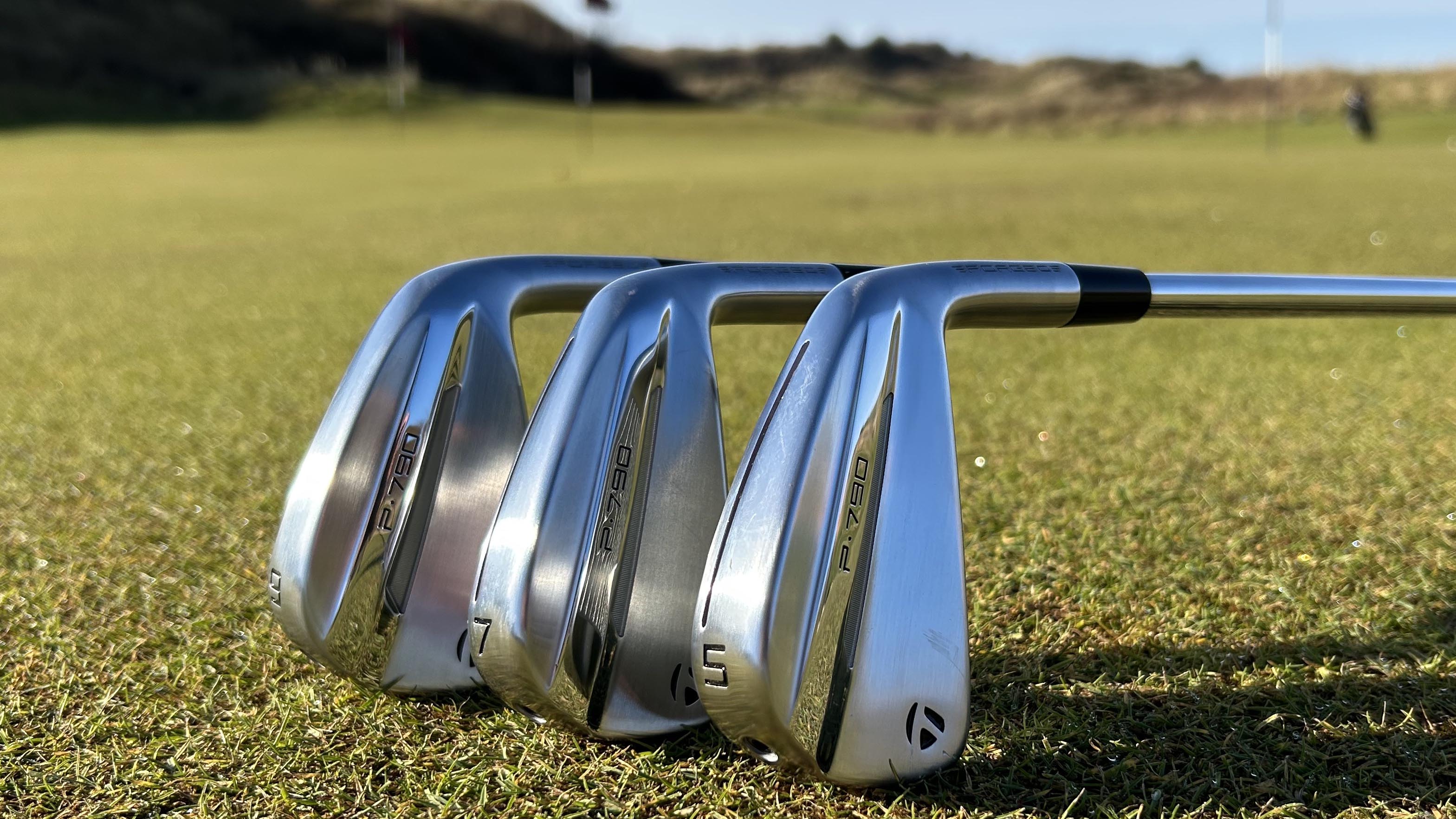
(Image credit: Future)
One of our top picks for 2025 is the latest version of the TaylorMade P790 irons. Off-center strikes deliver surprisingly pleasant feedback and what’s even more impressive is how little ball speed is lost on mishits.
That said, not everyone will warm to the more compact address profile. Other models to consider include the Mizuno JPX925 Forged, Srixon ZXi5, Ping i530, Mizuno Pro 245, and the Cobra King Forged Tec.
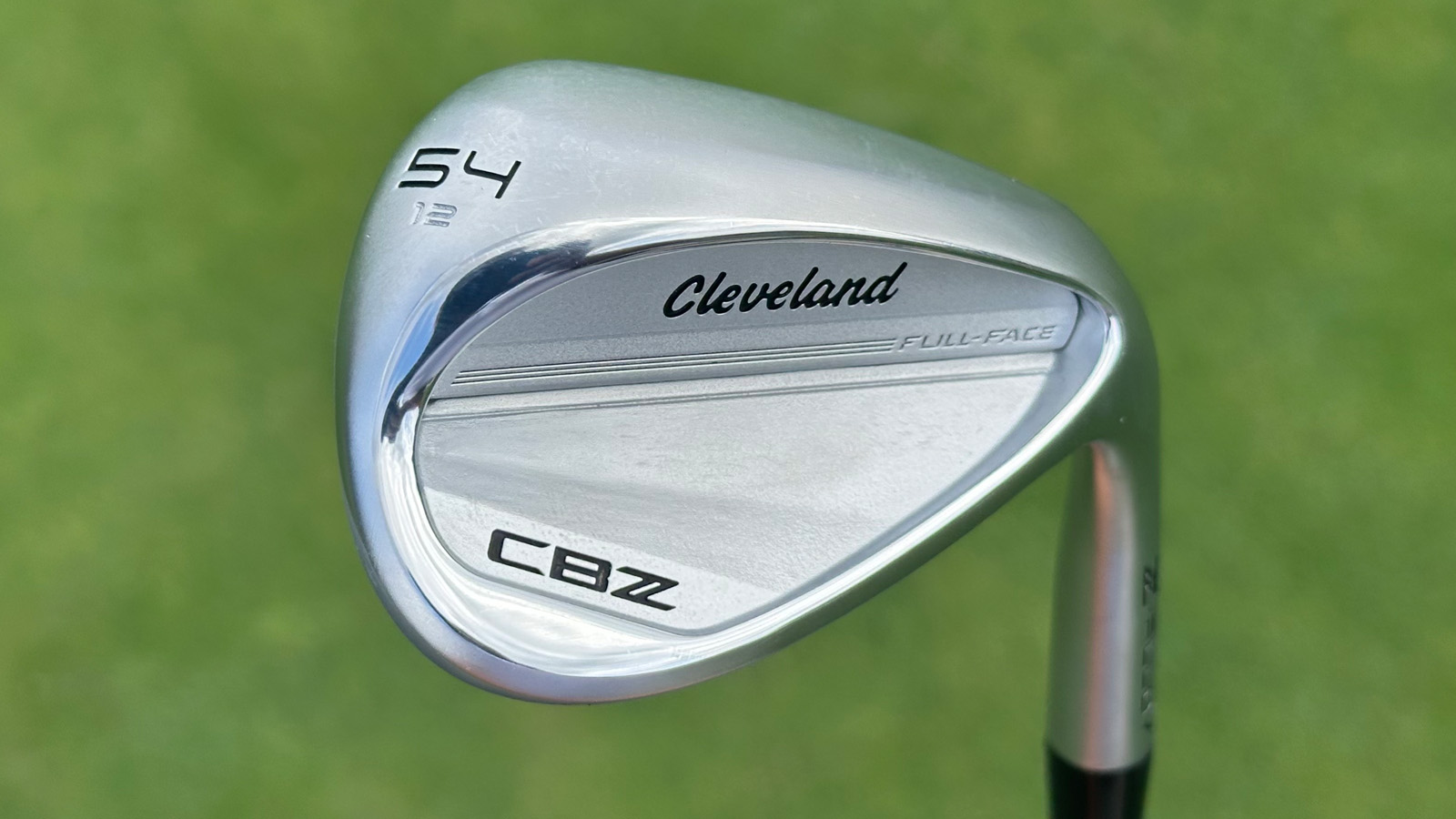
(Image credit: Future)
When it comes to wedges, a lot of golfers, regardless of skill level, are immediately drawn to the blade-style clubs used by the best players in the world.
However, if you’re mid-handicap golfer it’s wise to look at more forgiving wedges, too, especially if you play with a set of cavity back irons, rather than forged blades.
Models worth considering include the Callaway CB12 wedge, Cleveland CBZ and Ping S159.
30-HANDICAP PLAYER
Generally speaking, the best clubs for high-handicap golfers are more forgiving, which means those strikes that don’t find the center (more frequent in the case of the 30-handicapper) aren’t so severely punished.
When your strike pattern isn’t very consistent, this margin for error is exactly what you need to keep your ball in play and give you a better chance of putting a score together.
At the top end of the bag, you’ll most likely benefit from an oversized, anti-slice driver, like the Ping G440 SFT or the TaylorMade Qi35 Max. Clubs like this can be extremely helpful for those players who suffer with a vicious left-to-right shot shape (known as slice for right-handed players) to keep the ball in play without losing too much distance.
A higher loft (11° or more) will also help most golfers of this ability, as the increased loft promotes a higher launch angle, making it easier to get the ball in the air, which is something high handicap players with slow swing speeds tend to struggle with.
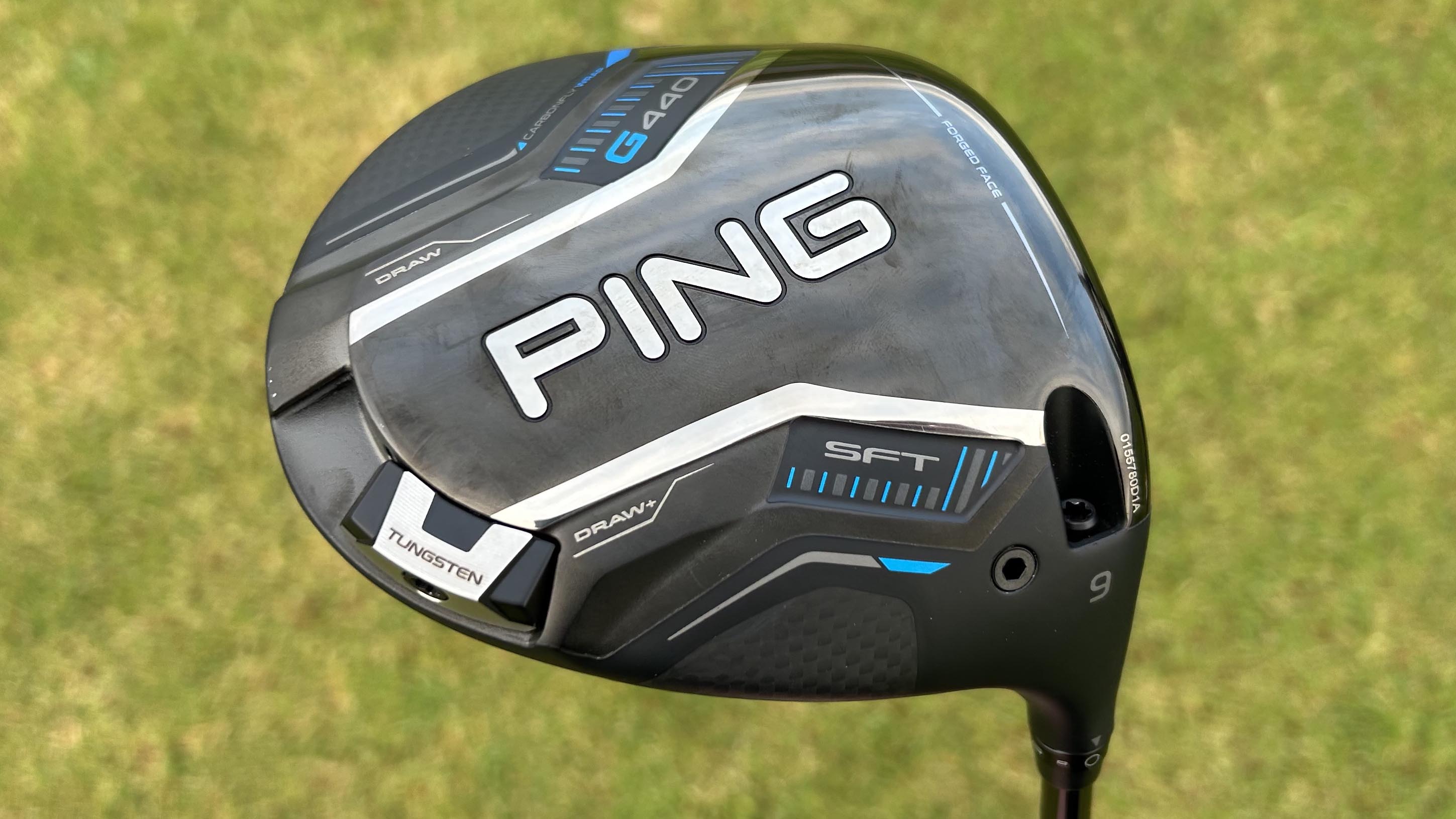
(Image credit: Future)
What about your irons? Again, this category of golfer shouldn’t be looking at sleek toplines or the best golf blade irons typically played by the better players and those who are comfortable shaping the ball.
Game-improvement irons feature specific designs that build in forgiveness, therefore helping to reduce the problems caused by poor contact and inconsistent swings.
What you’re really looking for in this department are irons with slightly larger heads with perimeter weighting and plenty of offset.
The best distance irons that fit this criteria will usually feature a cavity back design, too, like the Callaway Elyte X, Ping G440 and Titleist T350 irons. The wider sole and thicker top edge will give you a better chance of getting the ball airborne, finding the fairways and producing a cleaner strike.
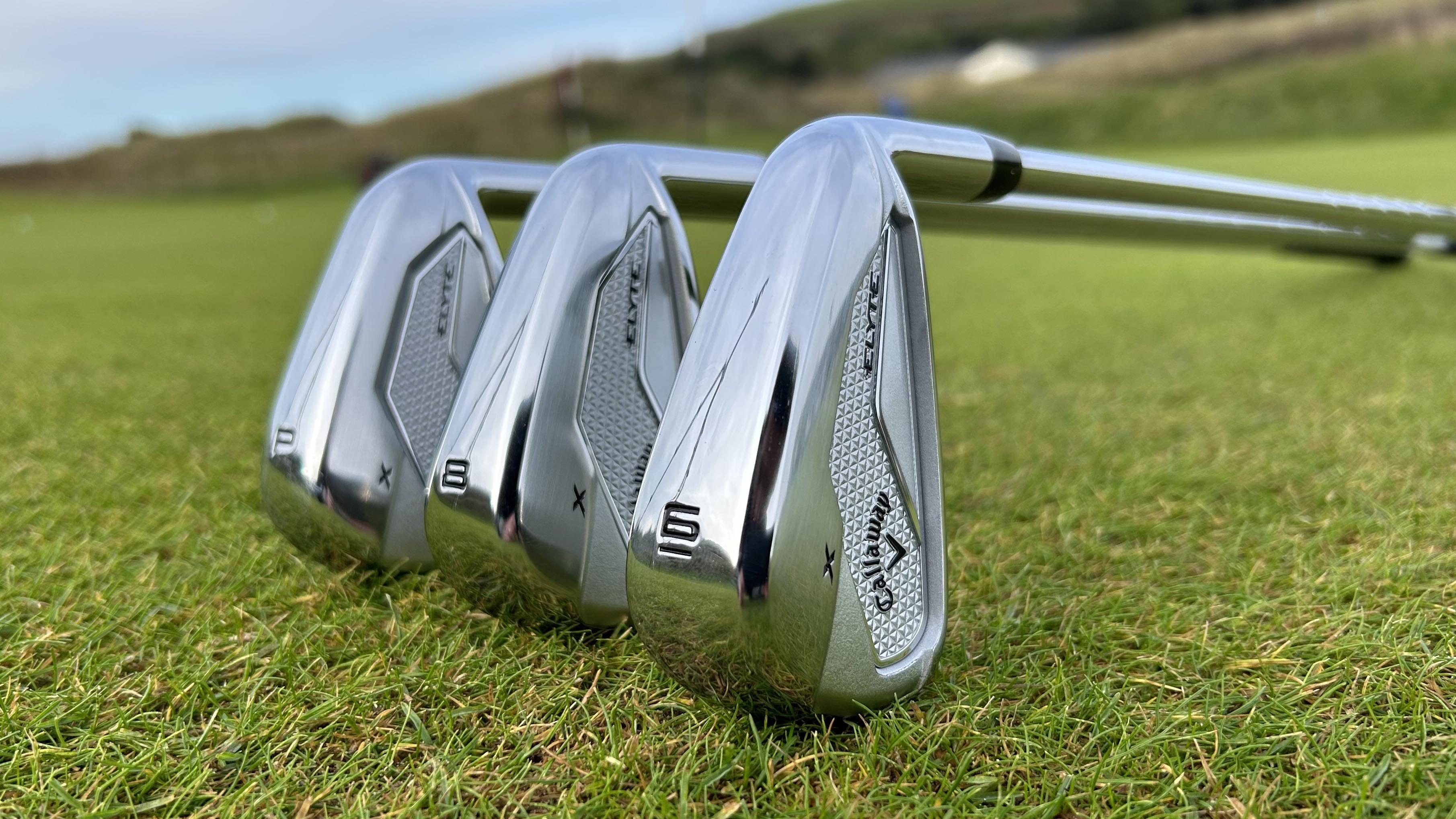
(Image credit: Future)
As condescending as it might sound, not many 30-handicappers can strike a 4- or 5-iron 100% pure every time, so we recommend replacing your long irons with easier-to-hit hybrid clubs.
As and when your ball striking improves, this is when you can tweak your line-up – but don’t make life difficult for yourself by carrying too many, if any, long irons.
Forgiveness is an attribute that club golfers readily look for in drivers and irons, but it’s somewhat overlooked when it comes to your scoring clubs – the wedges.
In terms of the specific clubhead design, the best wedges for high handicap players tend to offer a bit more bounce (the angle created between the leading edge and the lowest point of the sole), which helps produce a cleaner strike.

(Image credit: Future)
A wedge with a cavity back, like on the Callaway CB12 or Cleveland CBZ (pictured above) will provide an element of perimeter-weighted forgiveness, whilst a slightly wider sole will offer more forgiveness in the strike and help send the ball up in the air.
As for the number of wedges, most golfers carry between two and four, with tour players tending to favor three or four, which gives them the option of hitting very precise numbers. As a 30-handicap player, you should be just fine with two, maybe three at a push.
Finally, there are huge gains to be made by using a putter that is suitable for your ability and putting stroke.
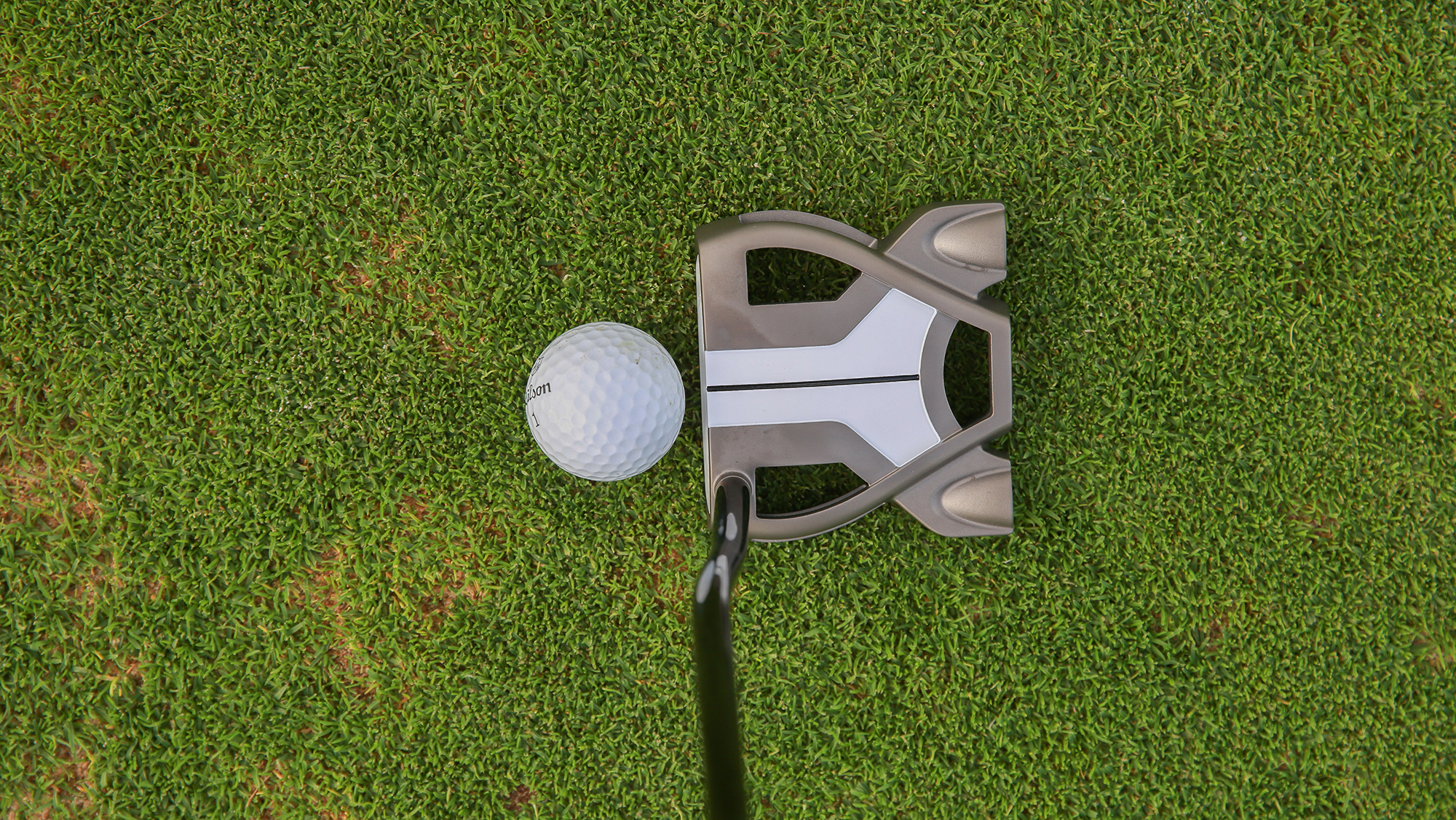
(Image credit: Howard Boylan)
Some of the best putters on the market will help high handicap players lower their scores due to their forgiving designs and innovative technology, leading to a better strike and a more consistent roll. Alignment cues can also be a great help.
Although this is not a strict rule, we recommend starting your search for the perfect model in the best mallet putters list, like the TaylorMade Spider Tour or the Odyssey Ai One Square 2 Square Jailbird Cruiser, as they tend to offer greater forgiveness on off-center hits and should be more consistent when putting from long range.

